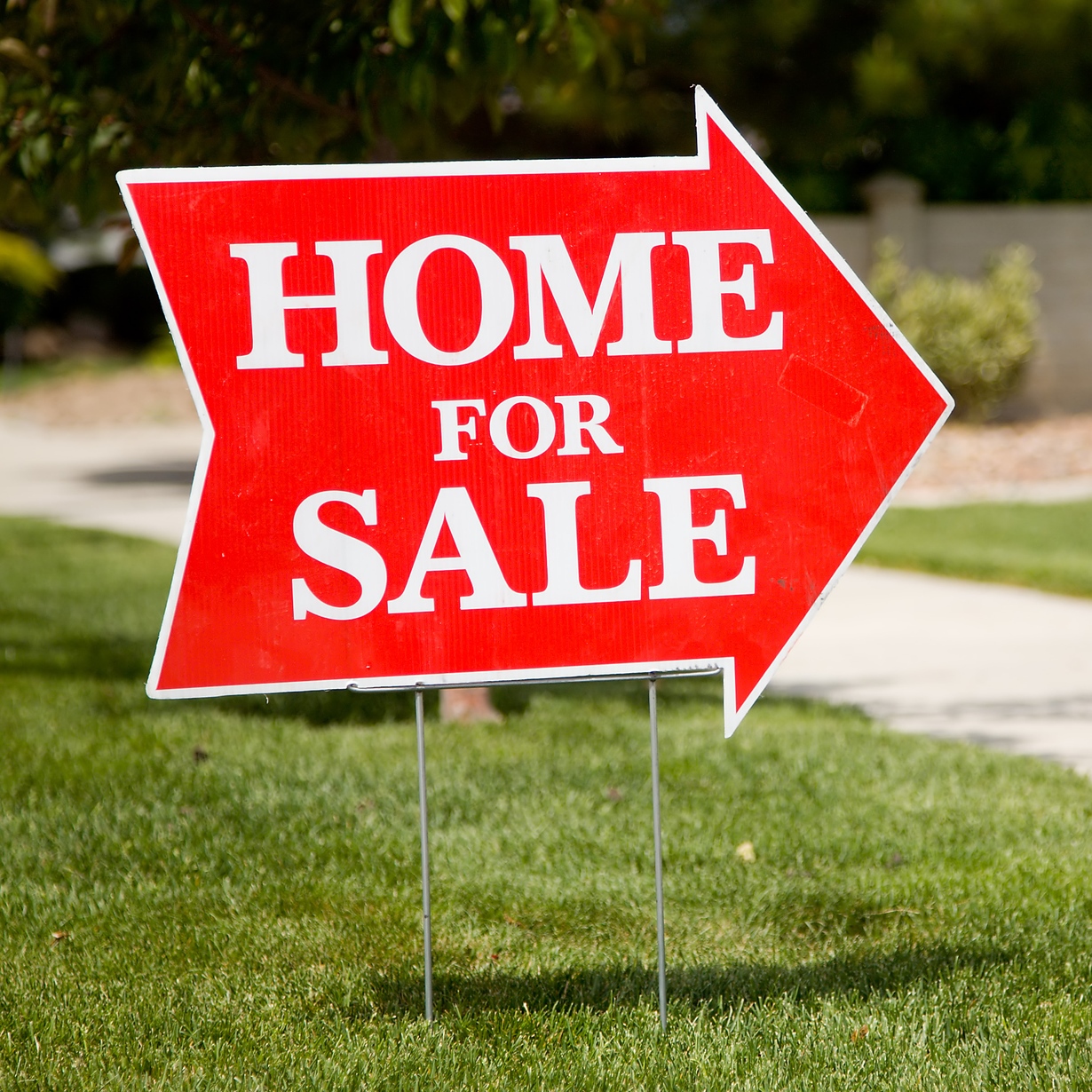Housing
Q3 Underwater Mortgages Highest in Nevada, Florida, Arizona

Published:
Last Updated:

Of more than 51 million mortgaged residential properties in the United States at the end of the third quarter of 2016, approximately 3.2 million (6.3%) homeowners owe a mortgage amount greater than the value of the property. The number and percentage of underwater or negative equity properties at the end of the third quarter were lower than the totals at the end of the second quarter (3.6 million and 7.1%).
Some 14.6% (approximately 7.5 million) of all mortgaged properties have positive equity of less than 20%, and about 1.6% (600,000) had less than 5% positive equity at the end of the third quarter. The percentage of homes with less than 20% positive equity is lower than at the end of the second quarter of 2016 when 16.9% of all properties had positive equity below 20%. The percentage of homes with less than 5% equity is also lower than the 1.9% total at the end of the second quarter.
The aggregate value of negative equity fell by $27.2 billion year over year in the third quarter to a nationwide total of $281.9 billion. At the end of the second quarter, the aggregate value of underwater property totaled $284 billion. The data were released Thursday by research firm CoreLogic.
CoreLogic’s chief economist noted:
Home equity rose by $12,500 for the average homeowner over the last four quarters. There was wide geographic variation with homeowners in California, Oregon and Washington gaining an average of at least $25,000 in home equity wealth, while owners in Alaska, North Dakota and Connecticut had small declines, on average.
The five states with the highest percentage of homes with negative equity are Nevada (14.2%), Florida (12.5%), Illinois (10.6%), Arizona (10.6%) and Rhode Island (10.0%). These five states accounted for 30.6% of all U.S. underwater mortgages in the third quarter, but only 16.3% of all outstanding mortgages.
The five states with the highest percentages of homes with positive equity are Texas (98.4%), Alaska (98.1%), Colorado (97.9%), Utah (97.9%) and Washington (97.9%).
The five metropolitan areas with the highest percentage of properties with negative equity are:
The five metro areas with the highest percentage in positive equity are:
Approximately 63% of all U.S. homeowners have a mortgage, and 93.7% of all mortgaged properties have positive equity. Year over year, home equity grew by $726 billion, representing an increase of 10.8% in the third quarter compared with the year-ago quarter.
Retirement can be daunting, but it doesn’t need to be.
Imagine having an expert in your corner to help you with your financial goals. Someone to help you determine if you’re ahead, behind, or right on track. With SmartAsset, that’s not just a dream—it’s reality. This free tool connects you with pre-screened financial advisors who work in your best interests. It’s quick, it’s easy, so take the leap today and start planning smarter!
Don’t waste another minute; get started right here and help your retirement dreams become a retirement reality.
Thank you for reading! Have some feedback for us?
Contact the 24/7 Wall St. editorial team.